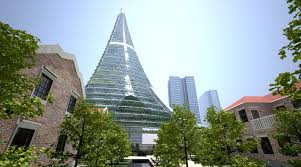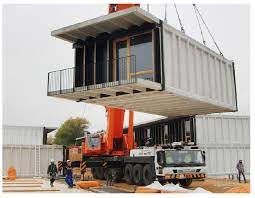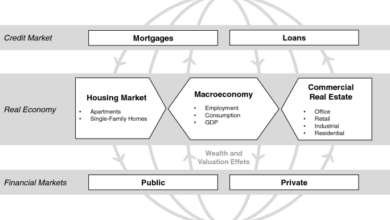The Trend of Real Estate Investment in Urban Agriculture and Vertical Farming

In recent years, there has been a growing trend of real estate investment in urban agriculture and vertical farming. As cities continue to expand and the world’s population grows, there is increasing pressure on food production and distribution systems.
Urban agriculture and vertical farming offer potential solutions to these challenges by allowing for the cultivation of fresh produce within urban areas, reducing the need for long-distance transportation, and providing access to fresh, healthy food.
Real estate developers and investors have recognized the potential of these emerging industries and are investing in the development of urban farms and vertical farming facilities. These investments are aimed at meeting the growing demand for fresh produce in urban areas and generating new sources of revenue.
Vertical farming is particularly attractive to real estate investors because it can be implemented in buildings that might otherwise be underutilized, such as abandoned warehouses or office buildings. By repurposing these spaces, developers can create new revenue streams and revitalize urban areas.
Furthermore, urban agriculture and vertical farming can also have environmental benefits, such as reducing carbon emissions associated with transportation and providing green spaces that help mitigate the urban heat island effect.
In conclusion, real estate investment in urban agriculture and vertical farming is a growing trend that presents a unique opportunity to address some of the challenges facing urban food systems while generating new sources of revenue and creating sustainable urban environments.
The trend of real estate investment in urban agriculture and vertical farming is not limited to any specific region or country. It is a global phenomenon that is gaining momentum as people become more aware of the benefits of these industries.
In fact, some cities have already implemented policies to encourage the development of urban agriculture and vertical farming. For example, Singapore has launched a program called “30 by 30,” which aims to produce 30% of the city-state’s food locally by 2030 through the use of vertical farming.
Similarly, in the United States, several cities, including New York and Chicago, have implemented policies and initiatives to promote urban agriculture and provide incentives for developers to invest in vertical farming facilities.
While the trend of real estate investment in urban agriculture and vertical farming is still in its early stages, it has the potential to become a significant industry in the future. As technology advances and the demand for fresh, healthy food in urban areas continues to grow, we can expect to see more investment in these industries.
Moreover, with the increasing awareness of the need for sustainable and environmentally friendly solutions, urban agriculture and vertical farming are likely to become more popular among real estate developers and investors.
In conclusion, the trend of real estate investment in urban agriculture and vertical farming is an exciting development that has the potential to revolutionize the way we produce and distribute food in urban areas. As this trend continues to grow, we can expect to see more innovative solutions and exciting opportunities emerge in the field of urban agriculture and vertical farming.



